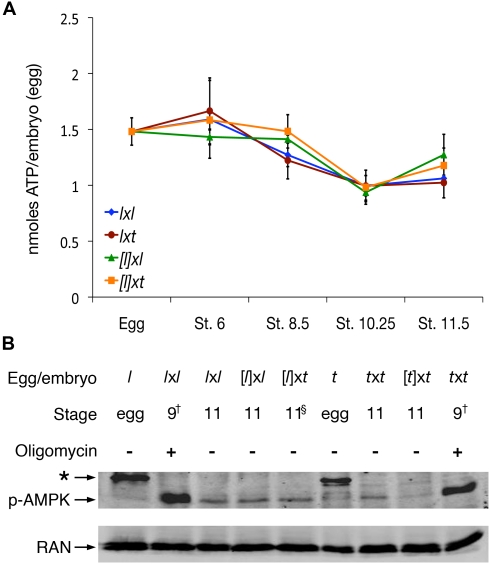Figure 3. Cybrid early gastrulae are not energy-deficient.
(A) ATP content, measured using a luciferase-based assay, is normal in cybrid embryos. Samples were collected every 3 h, except for the interval between stage 8.5 and 10.25 for [l]xl and [l]xt, which was about 4 h. Each point on the graph represents the average measurement (triplicate readings) of two pools of five embryos, all from the same X. laevis female. Error bars represent the standard deviation between the average readings of the two pools. (B) The activity of a key energy stress-sensing kinase is normal in [l]xt cybrids. Activated AMPK was detected on a Western blot using monoclonal anti-phospho-AMPK antibodies. Oligomycin, an inhibitor of mitochondrial ATP synthesis [46], was used as a positive control to induce energy stress. Ran was used as a loading control [67]. All X. laevis egg-based embryos are from the same female; X. tropicalis egg-based embryos are from two different females, which might explain the slight difference in AMPK phosphorylation observed between the two samples. * Non-specific band present in the eggs of both X. laevis and X. tropicalis. † Oligomycin-treated embryos (40 µM) arrested development at stage 9, but were harvested when diploid controls reached stage 11. § [l]xt embryos morphologically never reach stage 11, but they were harvested when their [l]xl control siblings reached stage 11.

